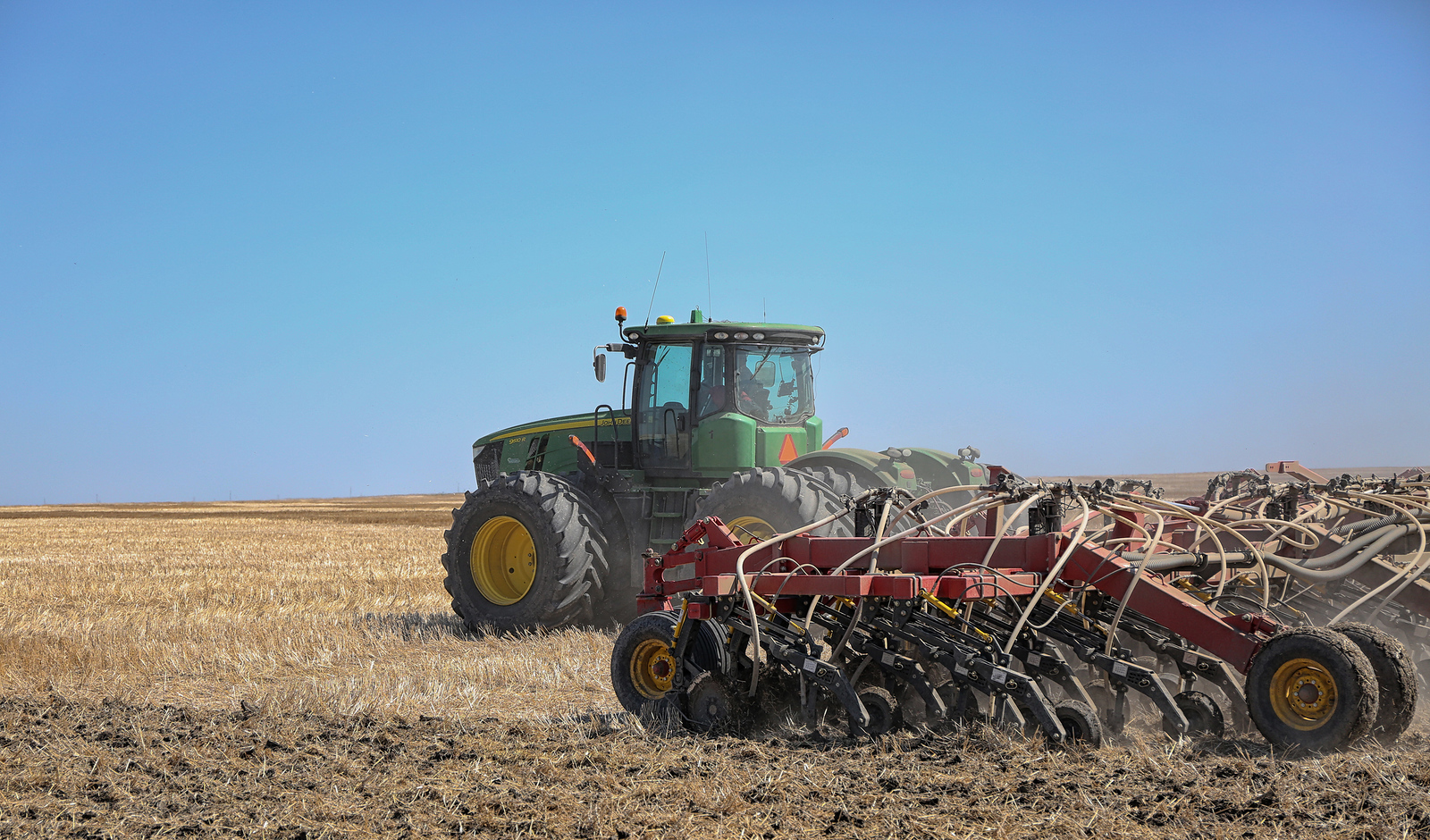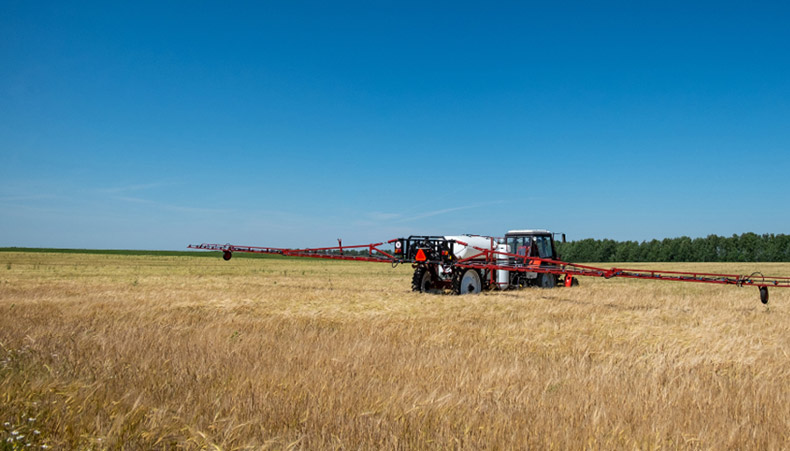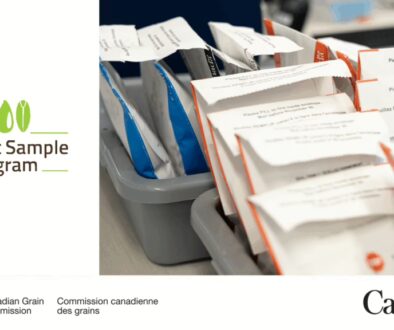5 Tips for Retaining Moisture in a Dry Year
By Mitchell Japp, Research & Extension Manager
Moisture conservation between harvest and the next spring could support critical crop growth and development the following year. Saskatchewan farmers have a long history of ingenuity, including developing the tools and equipment to support conservation tillage. Some minor tweaks at harvest and after can help retain more moisture.
1. Stubble Height: Taller Stubble Traps More Moisture
It sounds straight forward – leave the stubble taller, capture more snow, collect more moisture. While that statement is true, the details reveal more critical processes and moisture conservation beyond the moisture collection of snow trapping.
During the last major drought in the early 2000’s, Herb Cutforth and team and Agriculture and Agri-Food Canada station at Swift Current were researching the importance of stubble height on the subsequent crop. The stubble heights evaluated ranged from none (cultivated), 15, 30 and 45 cm (6, 12 and 18 inch) tall stubble. They found that crop yield and water use efficiency increased linearly as stubble height increased. Total water use was independent of stubble height.
Earlier research conducted by Cutforth’s team and others found that tall stubble alters the microclimate near the soil surface. Taller stubble reduces wind speed, temperature at the soil surface, incoming solar radiation and increases reflected solar radiation. And, the proportion of water lost to the atmosphere due to transpiration compared to evaporation is higher in tall stubble, compared to cultivated.

Seeding into tall stubble is not without challenges, but technology is available to overcome those challenges.
Snow trapping is one of the benefits of taller stubble, but not the only benefit during winter. Phillip Harder weighed in on Wes Anderson’s Twitter thread, with some of his PhD research. Not only does stubble trap snow in the fields but it also can drastically reduce the sublimation loss of snow. Sublimation is the direct phase change from solid to vapour, or in this case, snow to water vapour that occurs throughout the winter in a process similar to evaporation and especially during blowing snow events. Sublimation losses can be as much as 75% of the snowpack in parts of Saskatchewan. Phillip’s research found that for every extra cm (0.4 inch) of stubble height, the soil can gain an additional 1 mm soil water and with likely dry soil conditions one can expect infiltration rates to be high and runoff rates to be low.
Leaving 15 cm (6 inch) tall stubble may be a stretch in a dry season, but as the research above shows, even small increases in stubble height can help.
2. Residue Management: Prevent Evaporation Loss
Residue management is harvest management. In the early days of direct seeding, residue management was one of the critical control points that limited uptake. The front-end capacity of a combine seems to exceed the ability of the back end to spread and chop straw. Again, with some prairie ingenuity, improved straw choppers and spreaders eased the transition to direct seeding.

Inadequate residue management is directly linked to item 4 in this list. If the combine fails to spread the residue, then solutions like heavy harrows, high speed tillage or other options may be required. All of these options disrupt the benefits of retained stubble, in addition to the direct moisture loss that they cause.
Evenly spread residue will aid in covering the soil to prevent evaporation losses, can aid infiltration, and contributes to moderating soil temperatures. Once out of the combine, there are no additional opportunities to even the spread out. U.S. wheat guru Phil Needham has suggested that harrows should always be avoided when targeting high productivity.
3. Fall Weed Control: Don’t Let Weeds Drain Your Soil
Fall weed control may be especially critical in a dry season. Weeds in the field will be transpiring water that could be stored for next season’s crop. Management decisions for weeds are a balance of anticipated fall frosts and size of the weeds and how extensive the weeds are.

4. Park the Iron: Avoid Turning Over the Soil
In the wetter years of the early 2010’s, high speed tillage implements became popular to aid in management for residue. In those years, capturing more water was to be avoided at all costs. In dry years, the circumstances are reversed, and any operation at the soil surface will cost water – either directly, or potentially captured and retained water that will be valuable next spring.
5. Set Up for Single Pass, Low-disturbance Seeding
The stressor on single pass systems is fertilizer and time. Stopping takes time and high fertilizer rates require lots of stopping to refill. While not a long-term solution, soil testing in the fall may reduce your fertilizer requirements for next season, easing a transition to one-pass seeding.
If a single-pass isn’t possible, what options are there for applying additional fertilizer? Will narrower openers, or even disc openers work? From a fertilizer perspective, banded is preferable to broadcast. Considering soil test results and moisture conditions at seeding, leaving space for top dressing could be another option.
Similar to exploring narrower opener options for fertilizer application, can the same option be applied to the air drill for seeding? Switching from a hoe opener to knife or disc can save further moisture loss.
This article was originally published in 2021, an exceptional year for heat, drought and grasshoppers. The ideas above are small tweaks that can be made that can make a difference during these stressfully challenging growing seasons.





